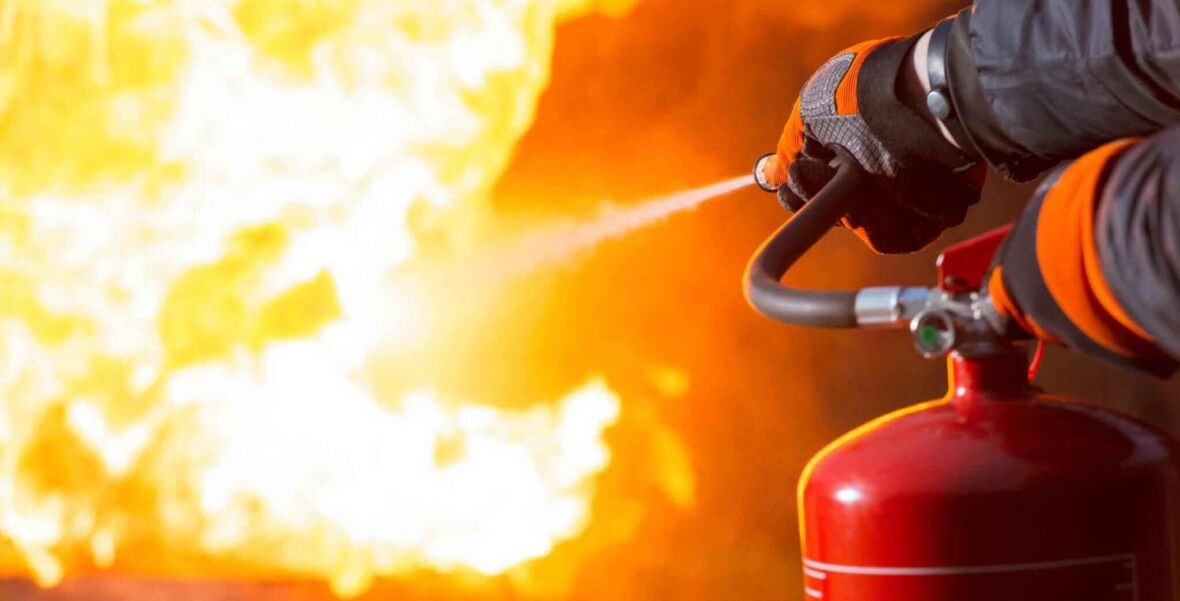Within the domain of commerce, few dangers are as menacing as the possibility of fire. With the capacity to inflict severe damage, it leaves in its wake a trail of destruction—property reduced to ashes, lives altered, and a haunting toll on the collective conscience. The Home Office’s grim statistics paint a stark image: in the fiscal year 2020/21, England bore witness to 153,957 fires, claiming 243 lives and leaving 6,567 individuals with non-fatal scars.
For those at the helm of enterprises, a dual responsibility of legal and moral dimensions becomes paramount. The responsibility is to protect the lives of staff, customers, and visitors while ensuring that fire incidents do not compromise property and reputation. How is this necessity fulfilled? Through the implementation of best practices in fire risk and safety management.
Contents
What Are the Best Practices In Fire Risk And Safety Management?
Fundamental to fire risk and safety management is an intricate, systematic routine involving detecting, evaluating, mitigating, and regulating potential fire hazards. The mandate is clear: prevent the inception, spread, or escalation of fires and orchestrate an adept response in the face of an unforeseen emergency. To this end, some of the best fire risk and safety management practices are highlighted below.
Best Practices In Fire Risk And Safety Management
1. Fire Risk Assessment
A mandatory procedure mandated by the Regulatory Reform (Fire Safety) Order 2005 for all enterprises in the United Kingdom. A comprehensive analysis of fire vulnerability is conducted on premises, activities, processes, equipment, materials, and personnel. The subsequent insights garnered give rise to tailored fire prevention and protection strategies, shaping a defense against the imminent threat.
2. Formulating A Policy On Fire Safety
The fire safety policy serves as a manifesto, pledging commitment to the cause of fire safety and outlining objectives, duties, and responsibilities. The document presents a comprehensive account of fire safety regulations, protocols, contingency strategies, educational initiatives, and steadfast compliance with laws and benchmarks.
3. Installation And Maintenance Of Fire Detection Systems
Whether manual or automatic, wired or wireless, fire detection systems serve as guardians of life and property by detecting heat, smoke, or flames. Systematic installations throughout a particular site or building provide extensive coverage, while routine inspections guarantee they remain at the ready at all times.
4. Provision of Firefighting Equipment

Intervention tools, including hose reels, blankets, and portable extinguishers, stand ready to extinguish budding fires. The selection, placement, and periodic servicing of these instruments, including the proper donning of an FR jacket, also constitute a strategy to combat specific fire types.
5. Strict Housekeeping
This entails the organisation of materials, appliances, and furniture in a way that minimises the presence of combustible substances and obstacles in the way of escape routes. From secure storage of flammable substances to proper waste disposal, each choreographed move reduces the risk of fire and ensures pathways to safety remain unobstructed.
6. Design And Maintenance Of Escape Routes
These well-lit and marked pathways provide vital access to safety in fire emergencies and are regarded as lifesavers. Simplified, risk-free, and shielded from flames and pollution, they are vital lifelines that demand careful attention to detail.
7. Preparing And Practicing Emergency Plan
Designed to induce controlled disorder, this document elucidates the sequence of actions that should be taken in case of a fire accident. It coordinates fire brigade liaisons and tracks the progression of events, functioning as a critical guide during the commotion of a fire incident.
8. Awareness And Training Initiatives
An ongoing dialogue, is the heartbeat of fire safety. Continuous awareness and fire education expand the framework of risk, prevention, detection, and response, imbuing the collective consciousness with a sense of shared responsibility against fire hazards.
Conclusion
Embarking on a mission to adopt the best practices for fire risk and safety management might appear to be an arduous undertaking. Yet, it doesn’t have to be. Here’s where fire risk assessors come in. These professionals are adept at devising comprehensive risk assessments, bespoke safety policies, and meticulously curated safety infrastructure.
Should you need a fire risk assessments Surrey professional in the UK, GF Fire Solutions is a risk assessor in Surrey that has helped multiple establishments and residences implement the best fire safety practices.




